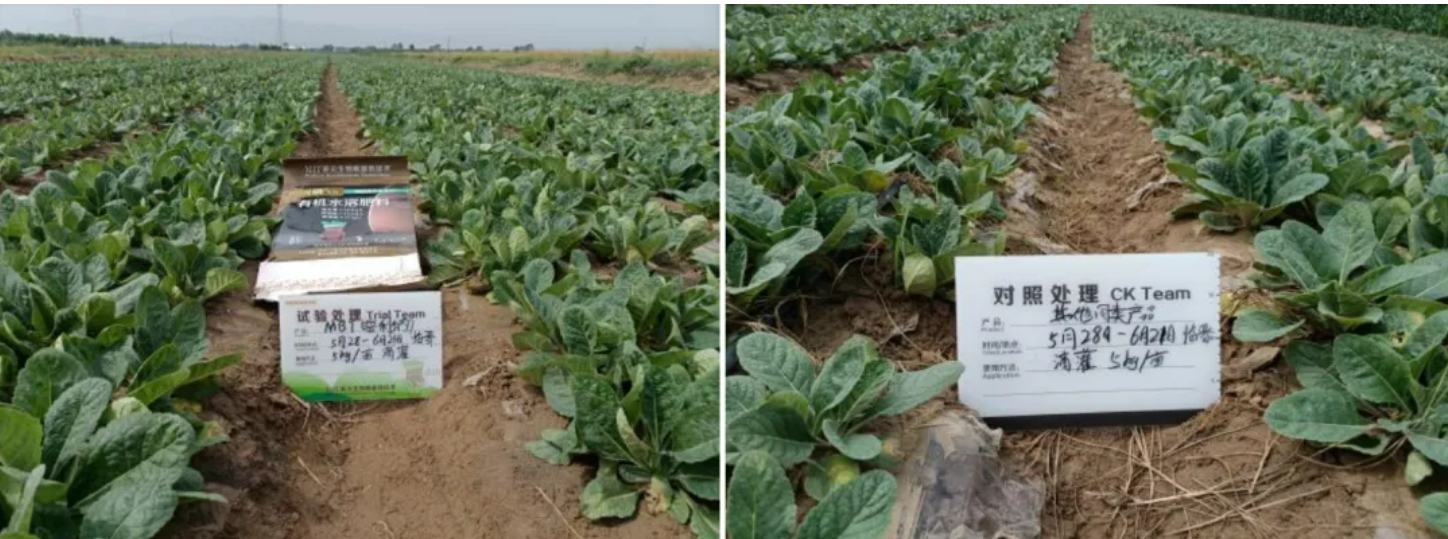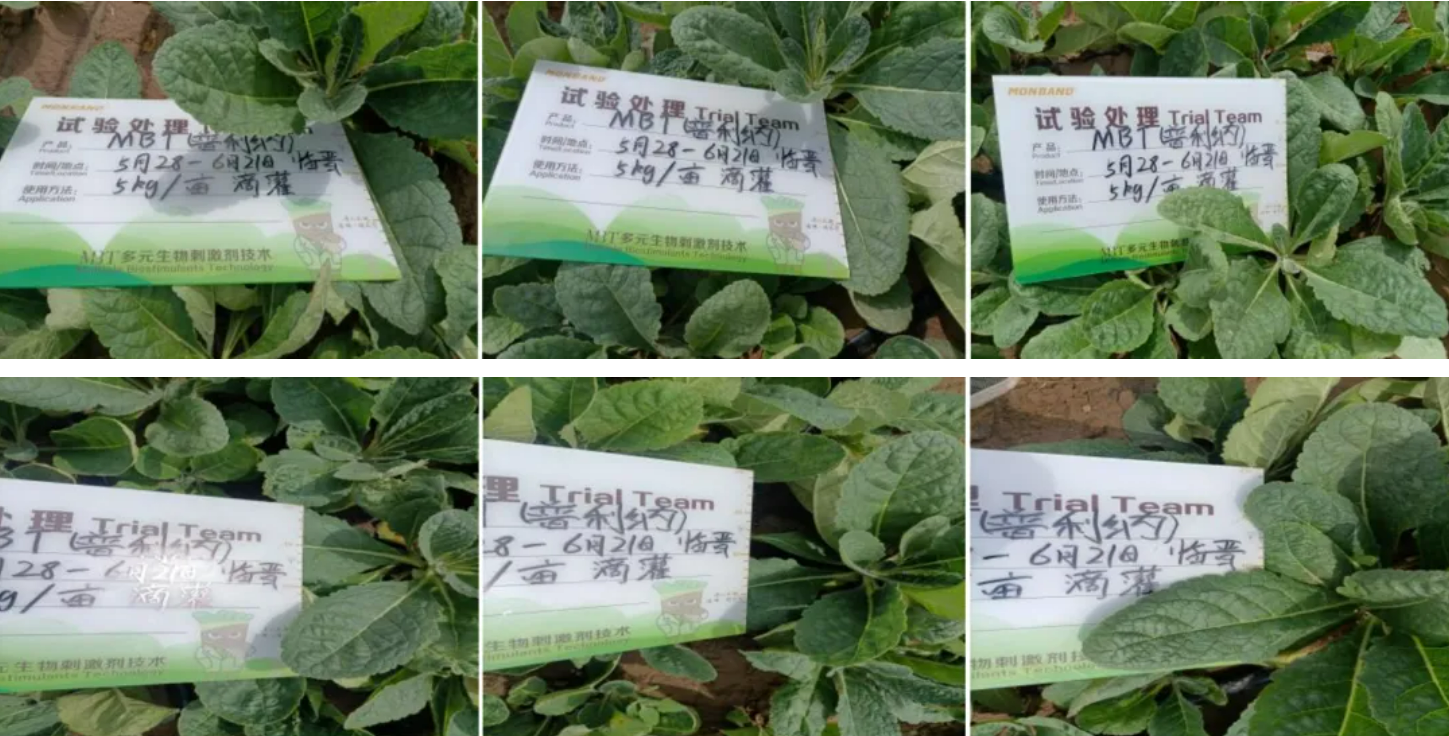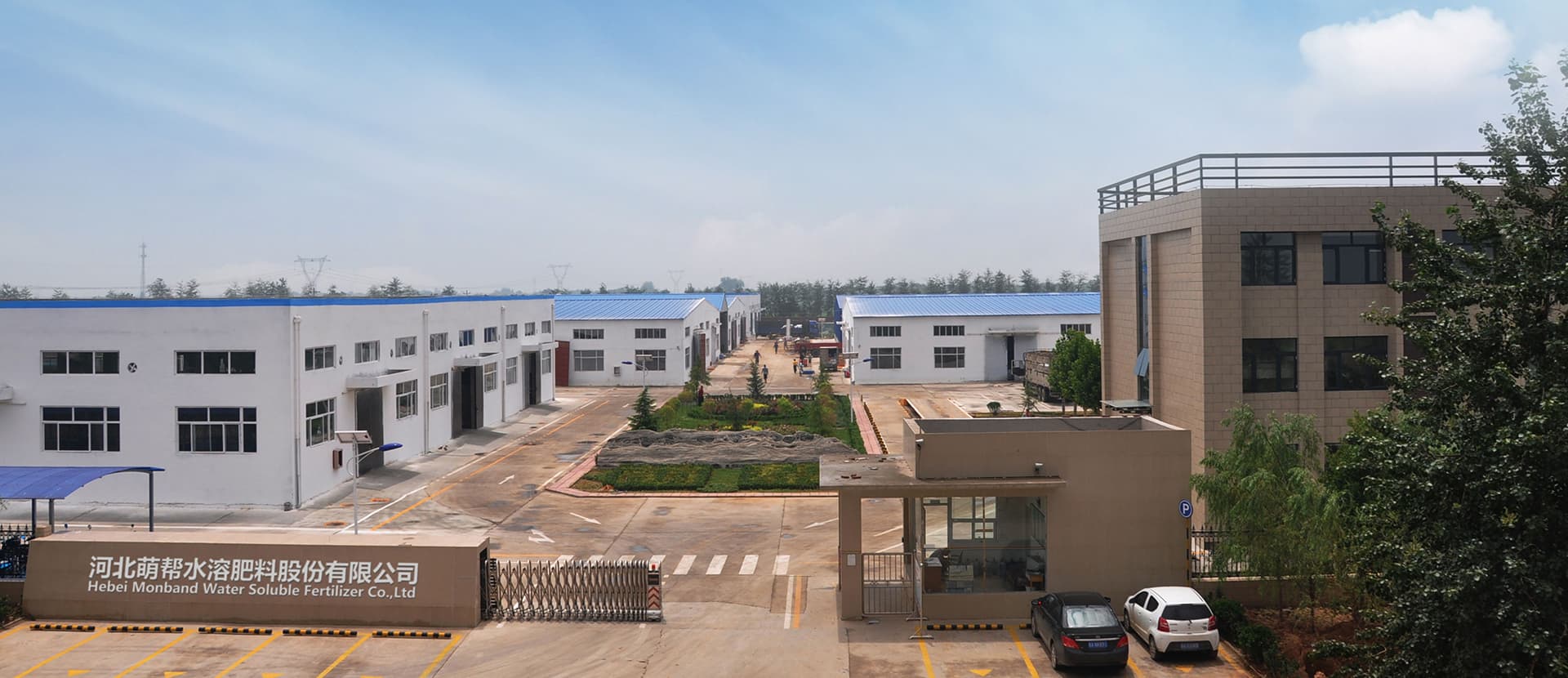MBT PULI-NANO mitigates drought in Rehmanniae Radix
Rehmanniae Radix is one of the "Four Great White Herbs", which has a history of more than 1,000 years in Mengzhou City, Henan Province. In Southeast Asian countries, the "Four Great White Herbs" are given to each other as rare gifts. Japan, Britain and other countries call the "Four Great White Herbs" as "Chinese medicine". It is cultivated all over China and abroad. It grows in sandy loam soil, barren slopes, foothills, walls and roadsides at an altitude of 50-1100 metres.
Rehmanniae Radix is a plant that prefers warm, moist, fertile conditions. The soil in which it grows generally requires to be loose and fertile, well-drained and rich in organic matter. If the soil is too hard or has too much water, it is not favourable to the growth and development of Rehmanniae Radix. In addition, Rehmanniae Radix needs full sun and moderate shade. But excessive sunlight or shade can affect the growth and quality of Rehmanniae Radix.
Shanxi Yuncheng area, located in the middle reaches of the Yellow River. The average annual temperature is 13.8°C. The average annual sunshine is 2366.2 hours. The effective cumulative temperature greater than 10℃ is between 3900-4600℃. The average annual rainfall is more than 500 mm. It is more suitable for Rehmanniae Radix. Crop growth is susceptible to disruption due to climatic extremes. For example, the first half of 2024 was characterised by low rainfall and high temperatures, which were dry.

Growers using Monband® MBT PULI-NANO (5kg/mu) drip irrigation showed significant drought resistance, water and fertiliser retention compared to other similar products. The growers watered the control plots 1 more time during the application process, but the crop growth was still worse than the plots with MBT PULI-NANO.

Observe the crop details as shown in the picture.The overall plant of Rehmanniae Radix exhibits increased leaf area and a higher number of leaves. This indicates that the photosynthetic capacity of Rehmanniae Radix has increased, which ensures that the plant has more nutrients flowing back to the tuberous roots. It helps to improve the yield and quality of Rehmanniae Radix.

MBT PULI-NANO Pilot Area

Control Area
In the MBT PULI-NANO Pilot Area, the functional leaves of Rehmanniae Radix were generally 20-25cm in length and 9-11cm in width, and the leaf colour was bright green. On the other hand, in the control area, the functional leaves of Rehmanniae Radix were around 15-18cm in length and 6-8cm in width, and the overall leaf colour was dull. It can be seen that the use of MBT PULI-NANO under dry weather can significantly improve the drought tolerance function of the crop. This is due to the high content of black rot acid and brown rot acid in MBT PULI-NANO, which can effectively conserve water and nutrients and degrade salt. At the same time, the xanthate and amino acid content can be directly absorbed and utilised by the plant, and form resistance proteins in the plant body to cope with dry weather.





 Learn more
Learn more
 冀公网安备13019902000986
冀公网安备13019902000986